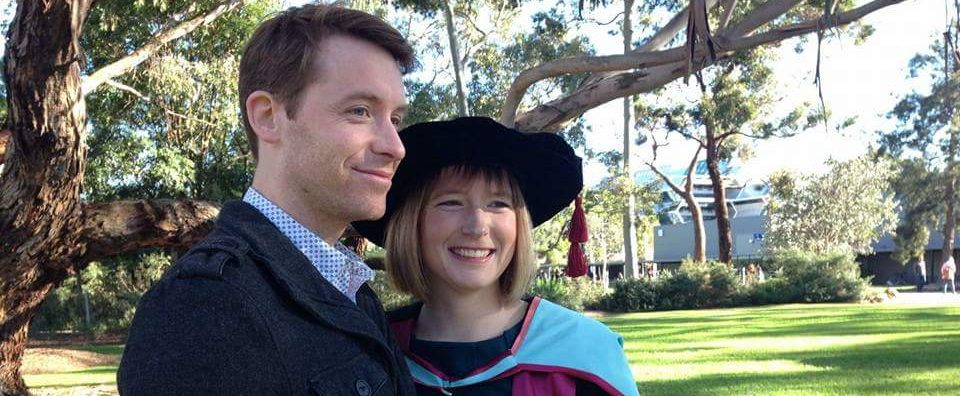… Emma Gleadhill is a Junior Research Fellow in Enlightenment Studies in the Sydney Intellectual History Network (SIHN) Enlightenment and its Impact Program at The University of Sydney. Her historical interests revolve around women’s history, eighteenth-century history, material culture and tourism studies.
What made you decide to pursue a career in history?
I never really decided on a ‘career’ in history but something keeps drawing me back to the past. I like the way studying the past shows me that things are not always as they seem: it allows me to identify continuity and change over time. I also gain a great deal of satisfaction from contributing to the many ways in which the past is framed through my writing.
Who is the audience for your history?
This year I was awarded a PhD for my dissertation at Monash University titled ‘Travelling trifles: the souvenirs of late-eighteenth century female British tourists’. My thesis explored how late eighteenth-century British women touring Europe and the British Isles used their travel accounts and collections to construct their identities and lay claim to knowledge and expertise. My audience was my supervisor and examiners. Now I’m enjoying branching into new areas and writing for different audiences. Under my fellowship at the University of Sydney I am uncovering women’s contributions to scientific inquiry during the late eighteenth century, particularly through their experience of travel.
I’m also working with the genealogy and asset management firm Worthington Clark on a commissioned history of Cranbrook School to be released for the school’s centenary next year.
What’s your favourite historical source, book, website or film?
I love a good historical novel! I’m currently reading the beautifully written Do Not Say We Have Nothing by Madeleine Thien. Thien skilfully interweaves an intimate family story with a bold history of modern China. I’ve also recently enjoyed reading The Hare with Amber Eyes in which Edmund de Waal tells the history of his family, the Ephrussi, alongside bigger histories of Europe and Japan from 1871 to 2009 through a collection of 264 Japanese netsuke miniature sculptures that have been handed down through his family for five generations. I love anything by Tracey Chevalier and Geraldine Brooks too. In terms of my own studies, I am an admirer of John Brewer, Amanda Vickery, and Rosemary Sweet.
If you had a time machine, where would you go?
I would love to visit the world of my thesis – that is the eighteenth-century Grand Tour where I could, like Hester Piozzi (1741-1821), enjoy seven cups of coffee in Venice while wandering through ‘every shop, adorned with its own peculiar produce’ or, like Mary Berry (1763-1852), climb Vesuvius and have a picnic ‘upon the very edge of the crater, where we could look down into the fiery gulf and enjoy the noble fireworks’. Mind you, I would not have enjoyed being deprived, as Dorothy Richardson (1748-1819) was, of seeing the ‘finest collection of Anatomical preparations in the kingdom, perhaps in the world’ because they were too salacious for a woman’s eyes.
Why is history important today?
The ways that we choose to frame the past shapes how we understand ourselves and our world. Studying history as a discipline makes us think critically about the past and the present. It reminds us that contemporary structures and modes of understanding that can seem intractable have changed and will continue to change in the future, and that we play a central role in that change.

Really enjoyed reading what you’re up to Emma.We miss you from the ranks of PHA Vic but know you’ll be a great asset to PHA NSW.